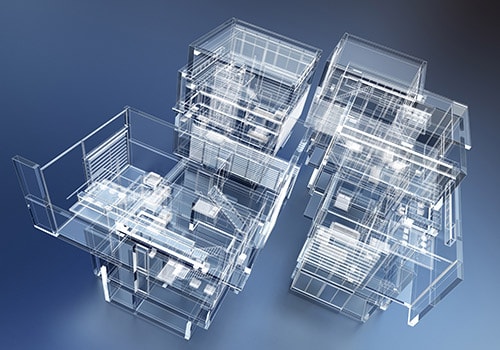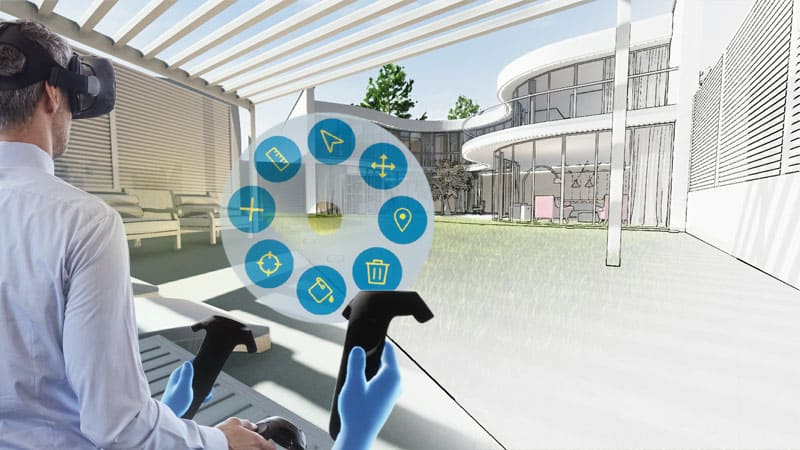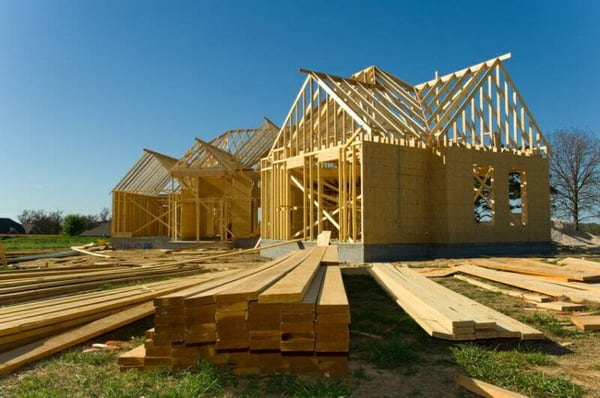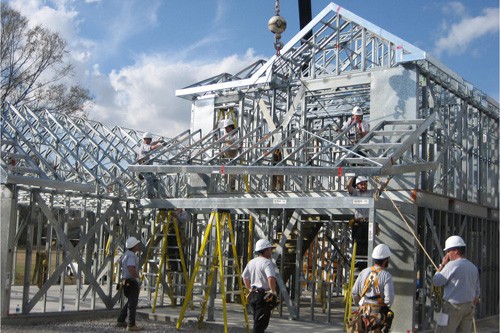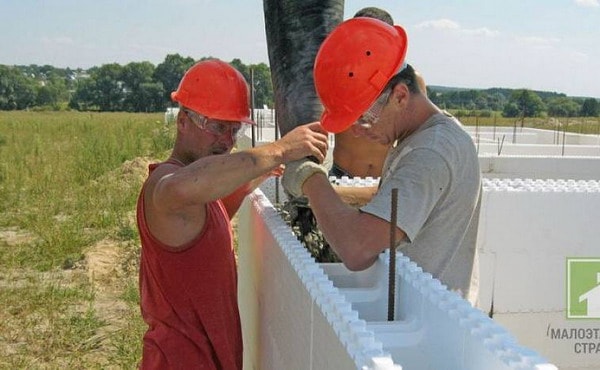
There are many construction methods, so among them it is necessary to find a suitable method in all respects. Indeed, both old and new technologies in the construction of private houses have their positive and negative sides.
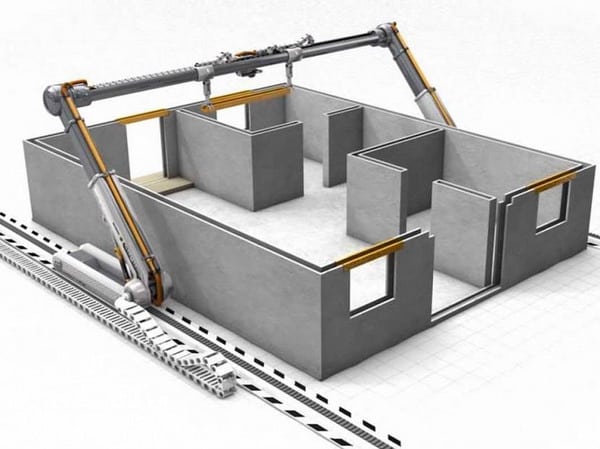
The use of new technologies in the construction of private houses
Innovative materials that have been recently created, but are already firmly occupying their niche, include the following:
- glued beam;
- foam concrete blocks;
- aerated concrete blocks;
- SIP panels.
But even when using standard technologies for the construction of private houses, new methods of decoration, insulation, pouring and so on can be applied.
TISE Technology
TISE – the technology of individual construction and ecology, also known as “folk” or “casing formwork”, was developed in Russia. The main advantages that affect the choice of TISE are simplicity and efficiency when building a house.
Features and principle of technology
The foundation of a house built using TISE is a jellied pile or pile-grill foundation, a feature of which is the expanding sole of concrete piles. The expansion of the sole is done with a special drill, which is sold together with a set of equipment for work.
Walls are erected from hollow lightweight blocks that are formed right on the spot in special forms into which concrete is poured. When the mixture freezes, the module is removed and rearranged to the place of filling of the next block.
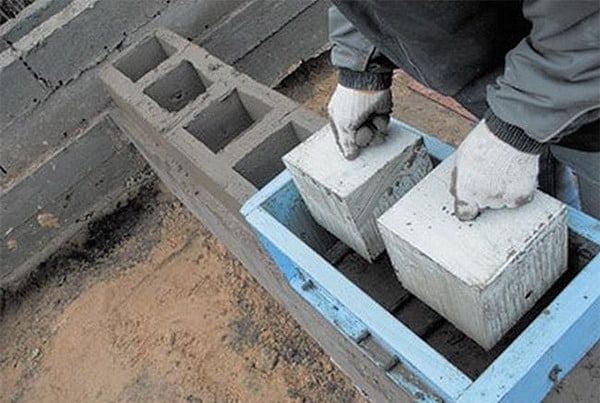
Advantages and disadvantages of TISE technology
Advantages of private house construction technology:
- low construction cost – the house is built practically from improvised materials without the use of heavy equipment;
- construction can be carried out in any conditions , even if there is no way to connect to the mains;
- minimum erection time ;
- low labor costs ;
- Allows communication to be made in a simple way.
Cons of technology:
- not suitable for use on silty or waterlogged areas , as piles due to increased loads simply break or drown;
- difficult installation in rocky soils , which are very difficult to drill;
- grillage and piles must be reliably protected from moisture – blind areas (waterproof coatings that are located around the perimeter of the structure) must be large.
Frame houses
It is often used in construction, since the method is very simple to implement. In addition, the frame allows you to create many options for equipping the building.
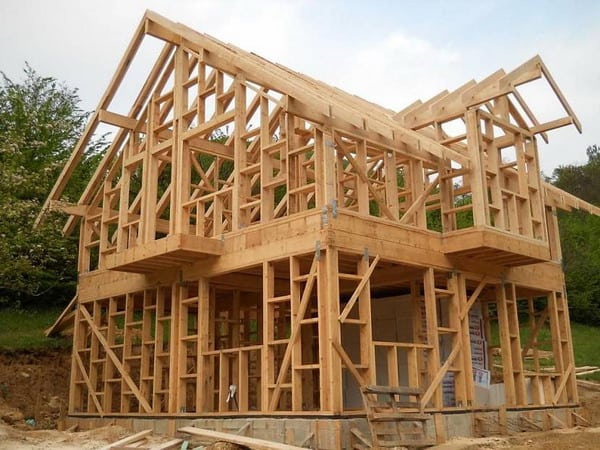
What is the peculiarity of the construction
Using this technology for building private houses, the frame is installed on a pile or concrete foundation, depending on the type of soil and the weight of the house. The frame itself is made of different materials – most often it is wood, but light steel thin-walled structures (LSTK technology) are also used. The choice of material is done depending on the conditions in which the house will be built and financial capabilities. A metal frame is more expensive than a wooden one, although if the wood is processed correctly, there will most likely be no noticeable difference in quality and strength. The main thing is to use a quality beam that can serve for a long time, while maintaining its properties.
When using a frame house, there are several options for filling the walls:
- OSB boards, which become wall panels, filled with any heat-insulating material;
- prefabricated shield SIP panels that already have additional protection against moisture, wind and heat.
On our site you can find contacts of construction companies that offer the design service of country houses . You can talk directly with representatives by visiting the Low-Rise Country exhibition of houses.
Advantages and disadvantages
Technology Advantages:
- low cost ;
- high speed of construction (a team of six people can build a house in just a month);
- communication systems are easily laid inside walls;
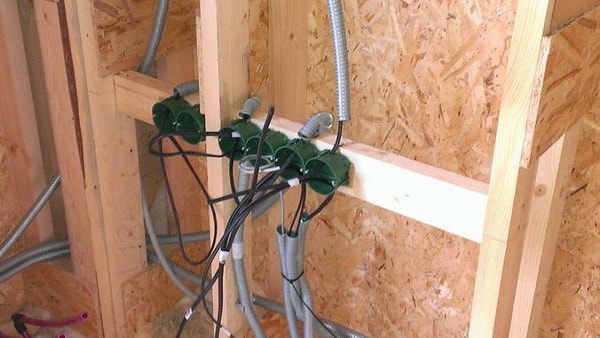
- ease of installation;
- construction is possible in any season ;
- the use of lifting equipment is not required ;
- a lightweight foundation is being equipped , which reduces its cost;
- the plates from which the house is made will not “sit down” , that is, after a while they will not decrease and will not increase in size.
Cons of technology:
- Durability – major repairs are required every 20-30 years.
- High fire hazard is a common shortcoming of wooden houses, although statistics say that fires in them do not occur more often than in stone ones. In any case, all materials used are treated with flame retardants, and non-combustible heaters are recommended for insulation.
- Over time, a tree may begin to rot , especially in places where a large amount of moisture is concentrated. To eliminate this drawback, materials are treated with antiseptics;
- Low sound insulation compared to concrete or brick houses. During construction, emphasis is placed on noise-attenuating materials that can correct a defect;
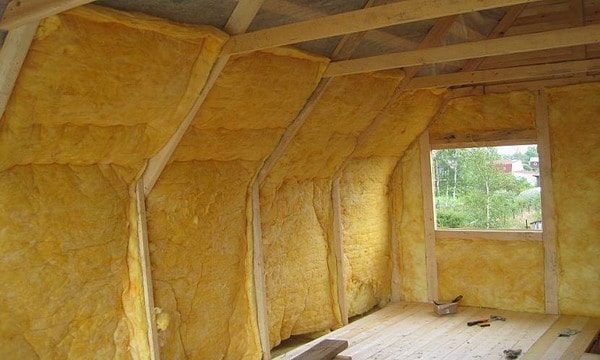
- The environmental properties of the building will depend on the materials used. If the savings go beyond the reasonable and low-quality synthetic materials are used, then the walls can become a source of harmful fumes;
Since the frame technology has been developing for more than a dozen years, all its shortcomings are carefully studied and eliminated at the design stage of the house.
It might be interesting! In the article at the following link, read about houses using German technology.
3d panels
New technologies in construction did not pass by the possibility of 3D printing. 3D panels are an advanced assembly of frame-panel houses. The panels are monolithic slabs having a reinforced mesh on each side. They are connected using metal rods passing through.
Features
The main feature of 3D panels is their production method. Construction waste mixed with cement is loaded into a 3D printer. Upon completion of the printing process, the output is a finished wall. Such a process is not only fast in production, but also cheap. Therefore, technology is used to create budget buildings.
Printed walls are hollow. The space is filled using foam concrete, so the walls are equipped with reinforced mesh on all sides.
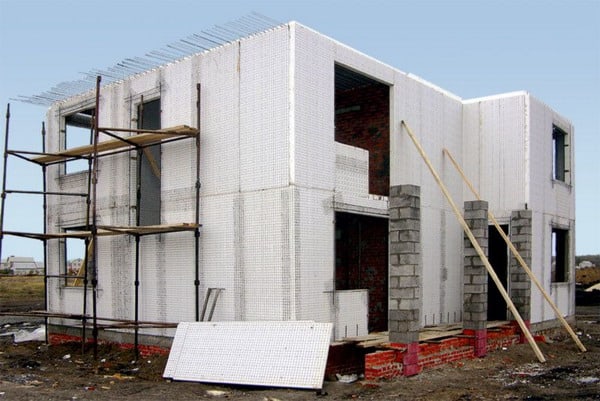
Pros and cons
Pros of using this technology for the construction of private houses:
- low cost when buying standard panels;
- low weight of the structure;
- the possibility of construction at any time of the year ;
- minimal damage to the landscape;
- low rates of heat loss .
Cons of technology:
- the cost increases if you order panels according to individual drawings;
- pests can occur in thermal insulation ;
- the need for advanced ventilation ;
- sound insulation ;
- under strong impacts (for example, an earthquake), the house may collapse, which does not happen with a frame house built using Canadian technology.
It might be interesting! In the article at the following link, read about the materials and technology of the warm blind area around the house.
Fixed formwork
A well-known and often used technology for the construction of private houses.
Features
The main feature of this technology of house building is a simple construction procedure.
Non-removable formwork is formed from blocks or panels that must be placed along the entire base at a certain distance to form a wall. Between these piers, reinforcement is placed, and then concrete is poured.
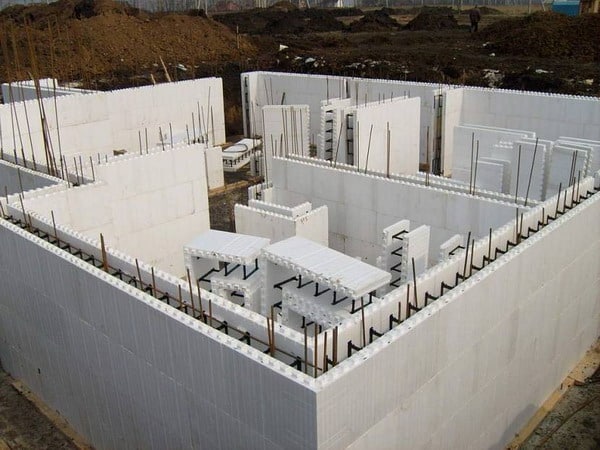
Pros and cons
Technology Advantages:
- building a house is much cheaper;
- the most difficult to build is only pouring the foundation ;
- when choosing suitable filler for wall formwork, additional thermal insulation will not be required .
It might be interesting! In the article at the following link, read about glazing the porch of a house in a cottage or in a country house .
Sip panel houses
Houses that are built from sip panels require the selection of high-quality materials. By such panels is meant a shield material consisting of two chipboard panels. Between them is laid heat and waterproofing. The main plus of this type of panels is on-site installation.
In addition, there are other pluses:
- operational construction;
- the panels are not heavy, which will make the foundation lightweight.
But, despite the fact that the panels are very light, they are quite durable. The finished house will be not only warm, but also strong. After exposure to a hurricane or snow, the sip panels will not be damaged.

Velox
Velox – a new technology for building houses, which is used in the construction of residential buildings. The construction consists in the use of fixed formwork, which is made of wood-cement type slabs. The thickness can be different, the plates are connected with a cement mortar, to which water glass is added. Such a solution has water-repellent properties, which is a definite plus for construction. The outer plate has additional insulation and a seal made of polystyrene foam.
Technology Advantages:
- light weight and thickness;
- there is no additional insulation;
- construction efficiency;
- durability and structural strength.
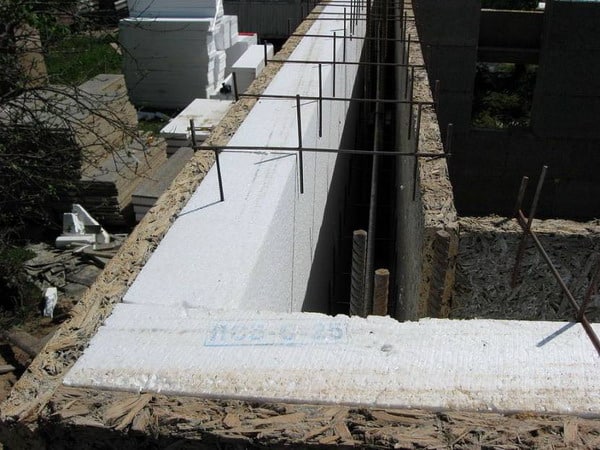
It might be interesting! In the article at the following link, read about how to properly build the foundation of a house with a basement.
Conclusion
Thanks to a large selection of technologies that are used in building houses, you can always choose the right one. The main thing is to use high-quality materials.
But we should not forget that new technologies in the construction of private houses imply maximum reasonable savings, primarily on the foundation, due to the lower weight of the buildings. This allows the use of more economical lightweight foundations, but at the same time, the calculation of the loads should be as accurate as possible, which means that specialists should be involved in this work.

